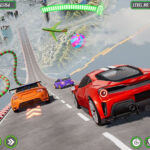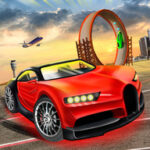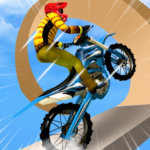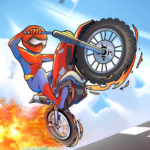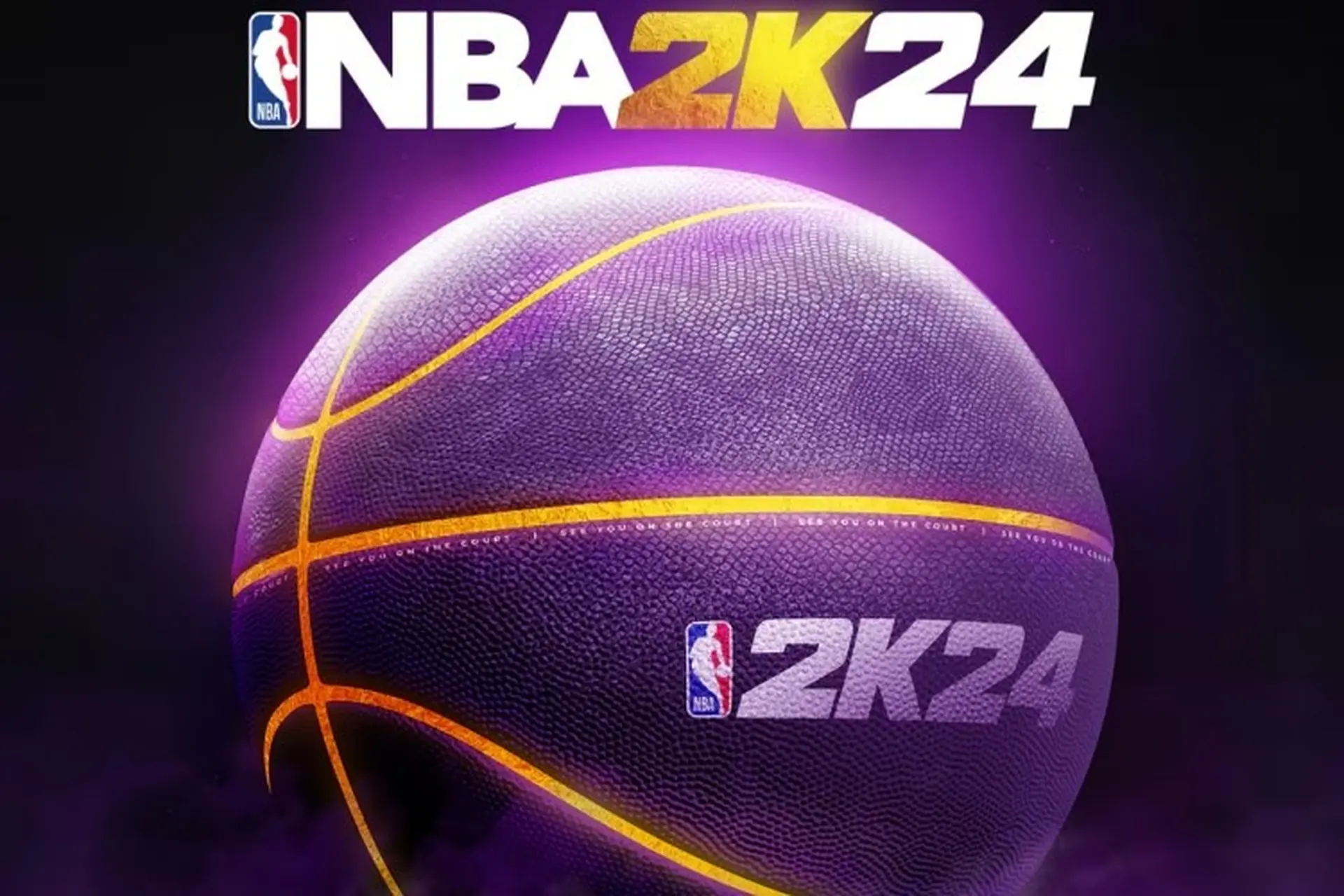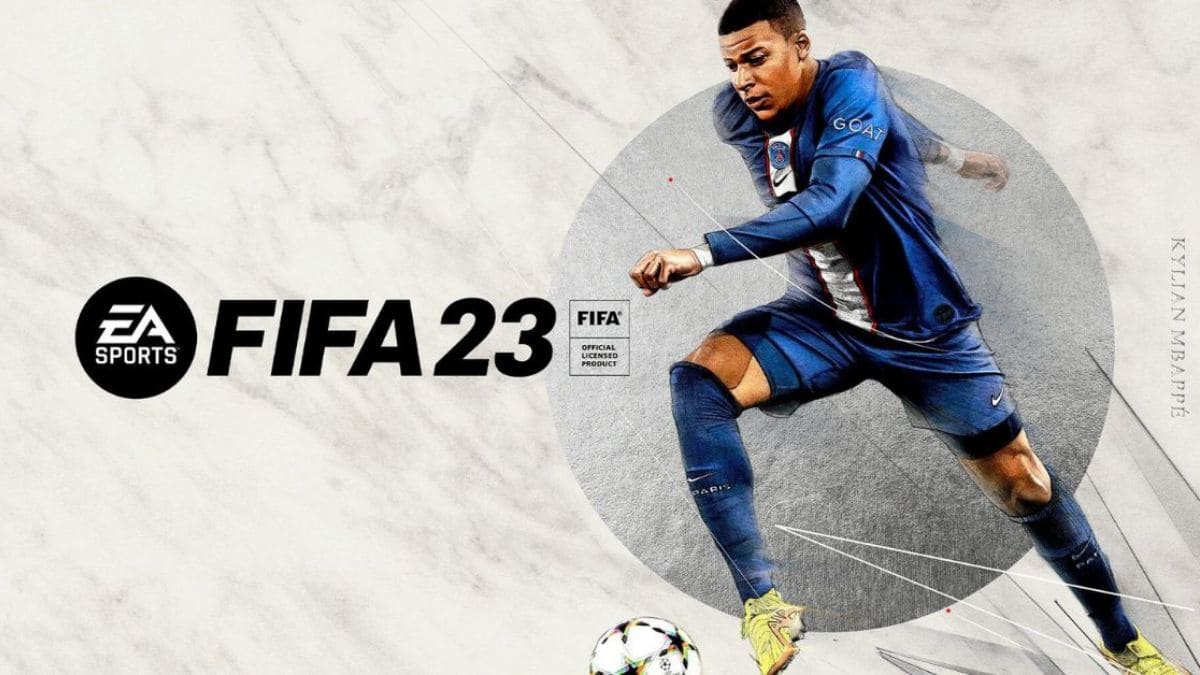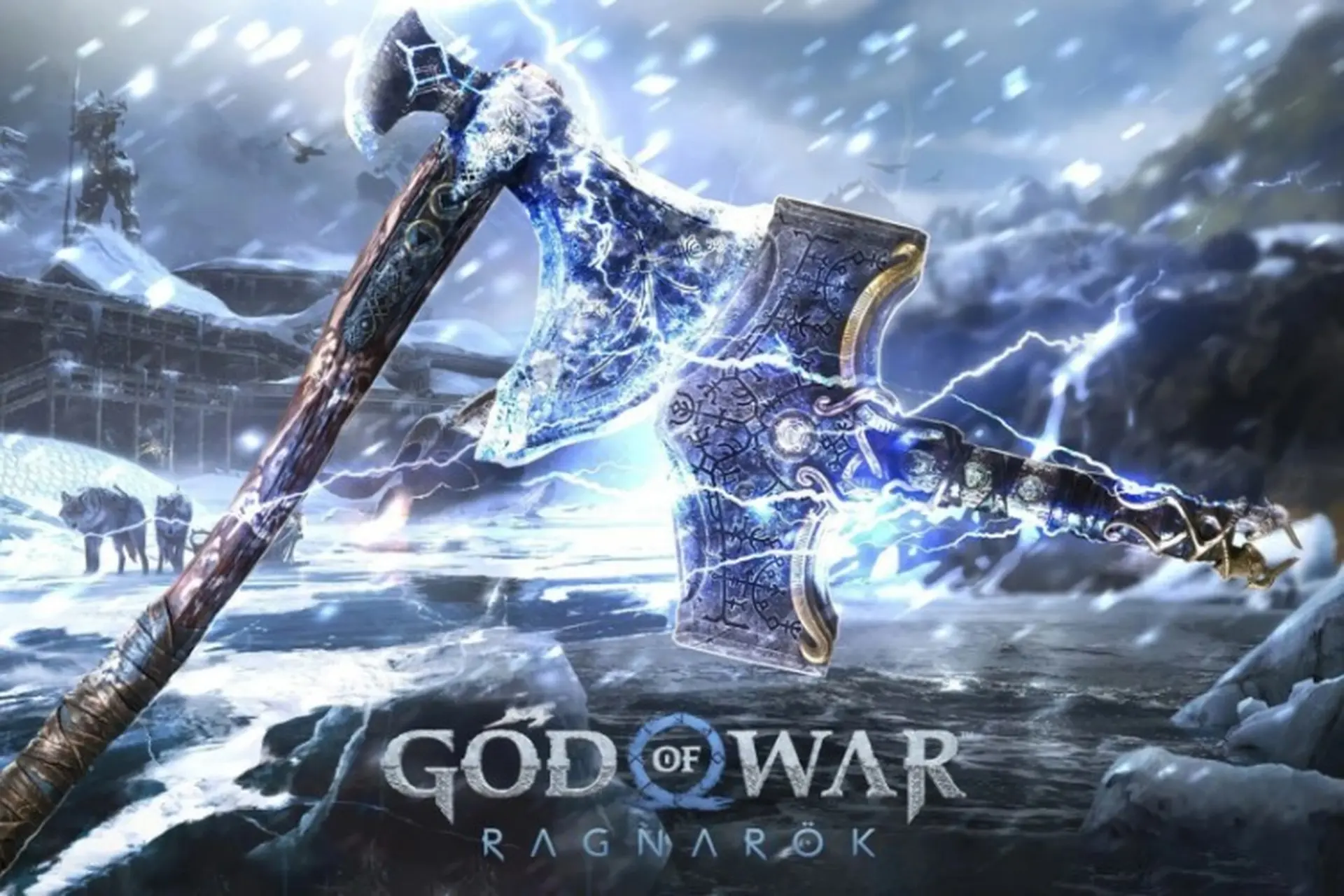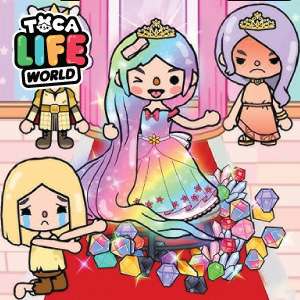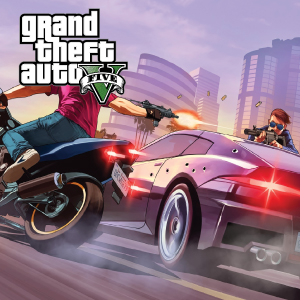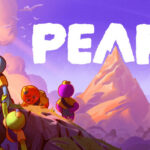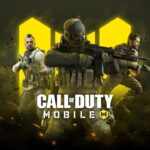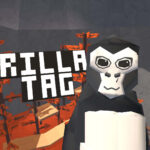Introduction
When God of War Ragnarök released in November 2022 for PlayStation 4 and PlayStation 5, it had enormous expectations to meet. Its predecessor, the 2018 reboot of God of War, had not only redefined Kratos as a more complex character but also set new standards for narrative and action in video games. Ragnarök promised to continue that legacy—bringing closure to the Norse saga, evolving its combat system, deepening character relationships, and pushing the technical boundaries of the PlayStation consoles.
Developed by Santa Monica Studio and published by Sony Interactive Entertainment, God of War Ragnarök is not just a sequel—it's the culmination of a deeply emotional and mythological journey, told through masterful storytelling, fluid gameplay, and breathtaking visuals. This article will explore every major facet of this critically acclaimed title—from its story and characters to combat mechanics, world design, and cultural impact.
The Story So Far: Setting the Stage for Ragnarök
God of War Ragnarök picks up several years after the events of the 2018 game. Fimbulwinter, the harsh prelude to the end times in Norse mythology, has begun. Kratos and his son Atreus are grappling with the prophecy that predicts Kratos’ death and Atreus’ mysterious role as Loki. The stakes are higher than ever—not just for their survival, but for the fate of all Nine Realms.
H3: Key Story Elements
-
Atreus’ growing desire to uncover his identity as Loki
-
The pursuit and wrath of Odin and Thor
-
The theme of breaking fate versus fulfilling prophecy
The narrative tone balances epic battles and philosophical depth, asking players to consider parenthood, destiny, sacrifice, and the cost of war.
Pros:
-
Rich, emotional storytelling
-
A perfect continuation from the previous game
Cons:
-
Can feel overwhelming for new players unfamiliar with Norse lore
Rating (Story Foundation): 9.5/10
Character Evolution: From Warriors to Legends
One of the strongest aspects of God of War Ragnarök is the continued development of its characters. Kratos, once a vengeance-fueled demigod, is now a father trying to protect his son from repeating his mistakes. Atreus, now a teenager, is more independent, curious, and conflicted.
Notable Returning and New Characters:
-
Freya: Former ally turned vengeful enemy
-
Thor: A tragic, complex representation of the thunder god
-
Odin: A manipulative, cunning antagonist played masterfully by Richard Schiff
-
Angrboda: A mysterious Giantess who deepens Atreus’ personal arc
H4: Character Depth Highlights
-
Multi-dimensional enemies with real motivations
-
Emotional growth that feels earned and believable
Pros:
-
Exceptional voice acting and mocap performances
-
Deep, realistic emotional arcs
Cons:
-
Some character threads (e.g., Brok and Sindri) feel rushed by the end
Rating (Characters): 9.6/10
Combat Mechanics: Fluid, Brutal, and Expanded
Combat in Ragnarök builds on the foundations of the 2018 reboot but adds new layers of depth. Players can switch seamlessly between the Leviathan Axe, Blades of Chaos, and a new weapon—the Draupnir Spear. Each weapon comes with elemental effects, combo chains, and runic attacks.
Atreus is now playable in certain segments, bringing an entirely different rhythm with his bow, summons, and agility.
Combat Enhancements:
-
More enemy variety, with smarter AI
-
Shields with different parry/block abilities
-
New rage modes and customizable skill trees
Pros:
-
Satisfying, weighty combat across all weapons
-
Atreus' gameplay offers a refreshing change of pace
Cons:
-
Occasionally chaotic in tight spaces
-
Steeper learning curve for combos and parries
Rating (Combat): 9.4/10
World Design and Exploration
The game revisits the Nine Realms, now fully explorable. Each realm—Alfheim, Svartalfheim, Vanaheim, Helheim, Niflheim, and more—features distinct ecosystems, puzzles, side quests, and visual storytelling.
Realms are much larger than in the previous title and often contain hidden lore, optional bosses, armor sets, and engaging side missions known as Favors. Traversal mechanics like the sled, boat, and grapple hooks are used more frequently and creatively.
Favorite Realms:
-
Vanaheim: Expansive jungle full of secrets
-
Svartalfheim: Dwarven machinery and environmental puzzles
-
Alfheim: Beautiful yet dangerous elven territory
Pros:
-
Each realm feels unique and meaningful
-
Exploration rewards curiosity
Cons:
-
Some fetch quests feel padded
-
Backtracking can be tedious at times
Rating (World Building): 9.2/10
Narrative Design: Emotion, Humor, and Mythology
The writing team delivers a complex story that blends family drama with mythological grandeur. Dialogues are often poignant, with Kratos offering profound, stoic reflections and Atreus providing a youthful contrast.
Moments of humor—often from Mimir, the talking head—balance out the heavy themes. Side quests often tie into the game’s overarching ideas, making even optional content feel necessary.
H3: Standout Writing Moments
-
The Norse prophecy twist
-
The emotional climax involving Brok and Sindri
-
Odin’s psychological manipulation
Pros:
-
Layered writing with multiple emotional payoffs
-
Elegant handling of mythological reinterpretation
Cons:
-
Some exposition-heavy sections slow pacing
Rating (Narrative Depth): 9.3/10
Boss Fights and Enemy Variety
Boss fights in Ragnarök are a major step up from its predecessor. The Odin and Thor fights are epic in both scale and emotion. Mini-bosses are more diverse and less recycled, and optional endgame challenges like Berserker Souls provide formidable tests.
Memorable Bosses:
-
Thor (First and final battles)
-
Nidhogg (Vanaheim’s guardian beast)
-
Gná (the new Valkyrie Queen)
H4: Enemy Improvements
-
Enhanced enemy AI
-
More elemental resistances and weaknesses
-
Better use of vertical space in arenas
Pros:
-
Epic, cinematic boss encounters
-
Rich variety across enemies and minibosses
Cons:
-
Some fights rely heavily on pattern recognition
-
Gná is frustratingly difficult for casual players
Rating (Boss Battles): 9.1/10
Audio Design and Soundtrack
Bear McCreary returns with a powerful orchestral score, blending traditional Nordic instruments with cinematic flair. Music dynamically changes with the tone—subtle during exploration, thunderous during combat.
Voice acting and sound effects—like the ring of metal, the crack of thunder, or soft wind through trees—are immersive. 3D audio especially enhances spatial awareness and tension in battles.
Top Tracks:
-
“Blood Upon the Snow” (with Hozier)
-
“Raising Hel”
-
“The Hammer of Thor”
Pros:
-
Outstanding musical and sound integration
-
Enhances emotional weight of scenes
Cons:
-
Some tracks can blend together after long sessions
Rating (Audio & Music): 9.5/10
Visuals and Performance Across Platforms
On PS5, God of War Ragnarök is visually stunning—textures, lighting, facial animations, and environmental detail are near photo-realistic. On PS4, it’s surprisingly well-optimized, albeit with reduced fidelity and longer load times.
Players can choose between performance (60 fps) and quality (4K resolution) modes. Cutscenes are rendered in-engine, allowing seamless transitions between gameplay and story moments.
Pros:
-
Next-gen polish without sacrificing PS4 quality
-
Incredible facial animations and visual fidelity
Cons:
-
Occasional stuttering in PS4 combat
-
No photo mode at launch (added later via patch)
Rating (Visuals & Performance): 9.4/10
Side Content, Puzzles, and Replayability
Beyond the main story, the game offers dozens of side quests, collectibles (Nornir chests, ravens, lore tablets), and environmental puzzles that unlock gear upgrades. The Crucible, Muspelheim Trials, and Berserker Bosses serve as endgame content.
Favors often provide emotional insight into characters rather than just XP and loot, making them feel essential.
Replayable Content:
-
New Game+ mode
-
Full gear upgrade tree
-
Alternate dialogue and choices
Pros:
-
Meaningful side quests with storytelling weight
-
Excellent reward system for exploration
Cons:
-
No alternate endings or major branching paths
-
Some collectibles feel repetitive
Rating (Replay Value): 8.9/10
Pros and Cons Summary
Pros:
-
Emotionally rich narrative and character arcs
-
Fluid, weighty, and diverse combat mechanics
-
Stunning visuals and adaptive soundtrack
-
Meaningful side content and boss battles
-
Optimized for both PS4 and PS5
Cons:
-
Gated exploration at times
-
Gná and Berserkers may frustrate casual players
-
Slight pacing issues in mid-game
Conclusion
God of War Ragnarök is more than just a sequel—it’s a mythological epic, a touching father-son drama, and a technical triumph. By deepening its combat, expanding its world, and elevating its narrative ambitions, Santa Monica Studio has delivered a masterpiece that will be remembered as one of the greatest games of its generation.
Kratos’ Norse journey ends not with rage but with reflection—a message that echoes through every aspect of the game’s design. From thunderous boss battles to quiet moments of vulnerability, Ragnarök doesn’t just entertain—it resonates.
Final Expert Rating: 9.6/10 — A masterclass in storytelling, combat, and worldbuilding. God of War Ragnarök is a towering achievement in modern gaming.











